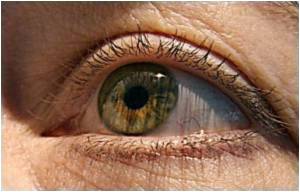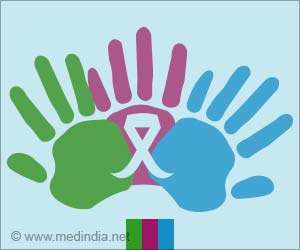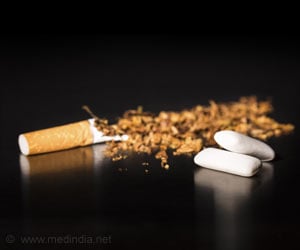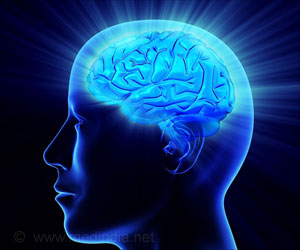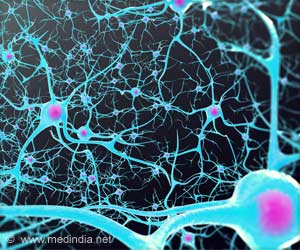Scientists isolated and profiled sub-micron sized cells, known as extracellular vesicles and identified 335 genes that provide information about the biological pathways.
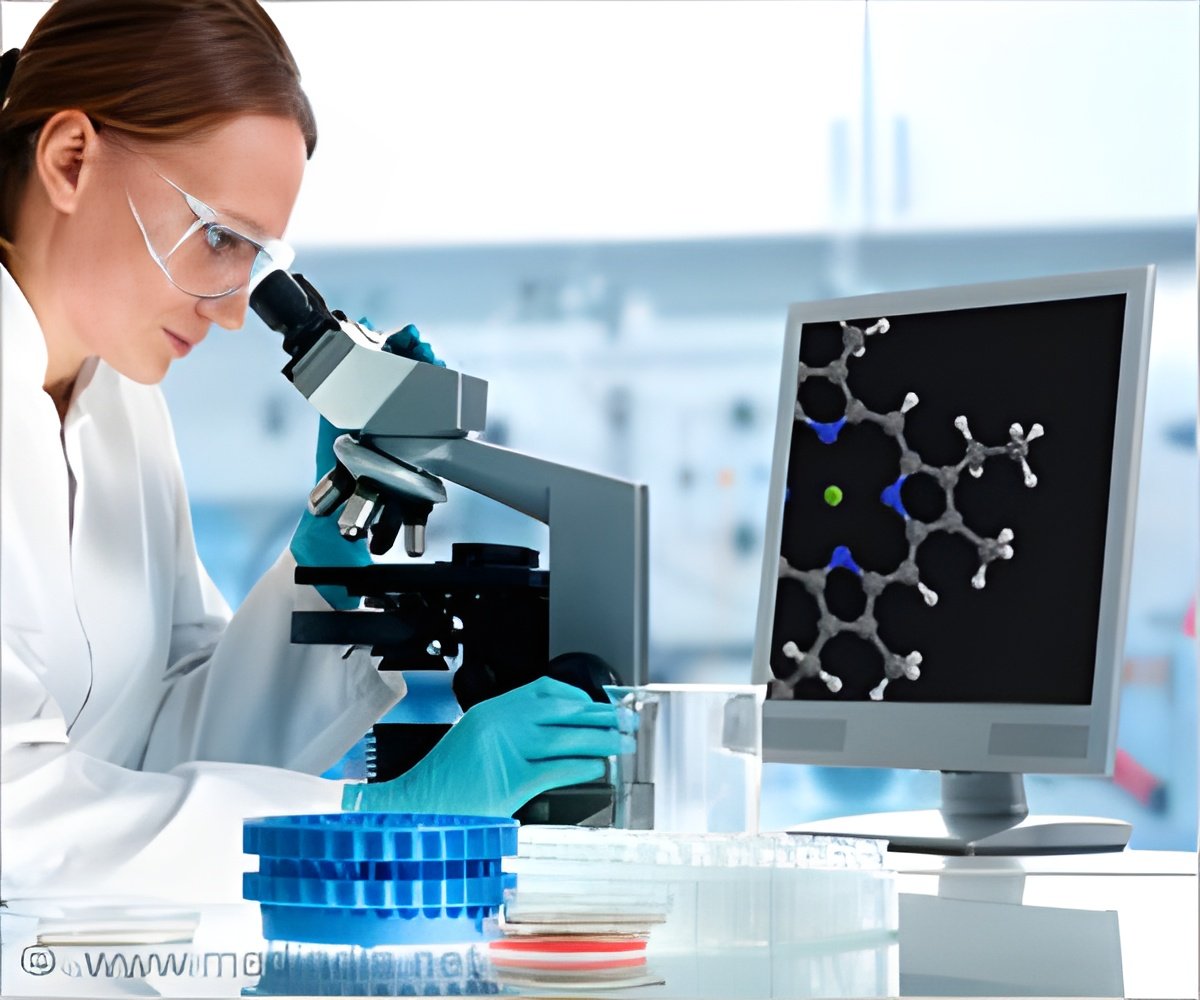
They and colleagues from Princeton University, the University of Oxford and Albert Einstein College of Medicine, determined that 10 percent of the 335 identified genes in the roundworm regulate the formation, release, and possible function of the EVs. Understanding how EVs are made, dispersed and communicate with other cells can shed light on the difference between EVs carrying sickness or health.
"These EV's are exciting but scary because we don't know what the mechanisms are that decide what is packaged inside them." said Maureen Barr, lead author and a professor in the Department of Genetics in Rutgers' School of Arts and Sciences. "It's like getting a letter in the mail and you don't know whether it's a letter saying that you won the lottery or a letter containing anthrax."
For decades scientists believed that the EV material released by some human cells - which can only be seen through high-tech electron microscopes - was nothing more than biological debris.
While this theory has changed - with researchers now having a better understanding of the role these EVs play in cancer, infectious diseases and neurodegenerative disorders - scientists still aren't certain how they are made or why the same parcels can result in different outcomes.
But Barr said using C. elegans, which have many genes similar to humans, Rutgers scientists have identified new pathways that could control the production of EVs and the cargo they carry, including the proteins responsible for polycystic kidney disease, the most commonly inherited disease in humans. The polycystic kidney disease gene products are secreted in tiny EVs from both humans and worms and no one knows why these proteins are in the EVs, she said.
Advertisement
Because EVs are found in bodily fluids like urine, blood and cerebral spinal fluid, Barr said it is nearly impossible to determine the cellular source from which they are derived. This is why very little is known about how EVs are made and how the molecular cargo is released.
Advertisement
"When we know exactly how they work, scientists will be able to use EVs for our advantage," said Barr. "This means that pathological EVs that cause disease could be blocked and therapeutic EVs that can help heal can be designed to carry beneficial cargo."
Source-Eurekalert

